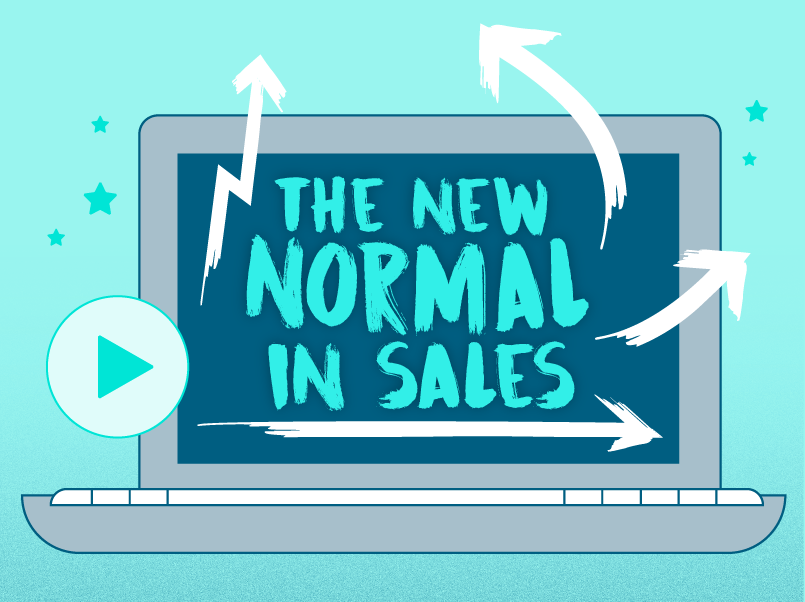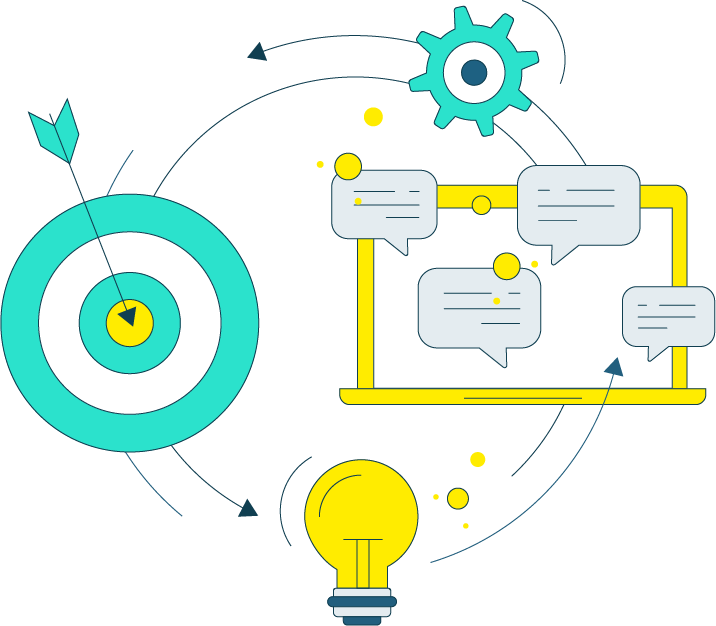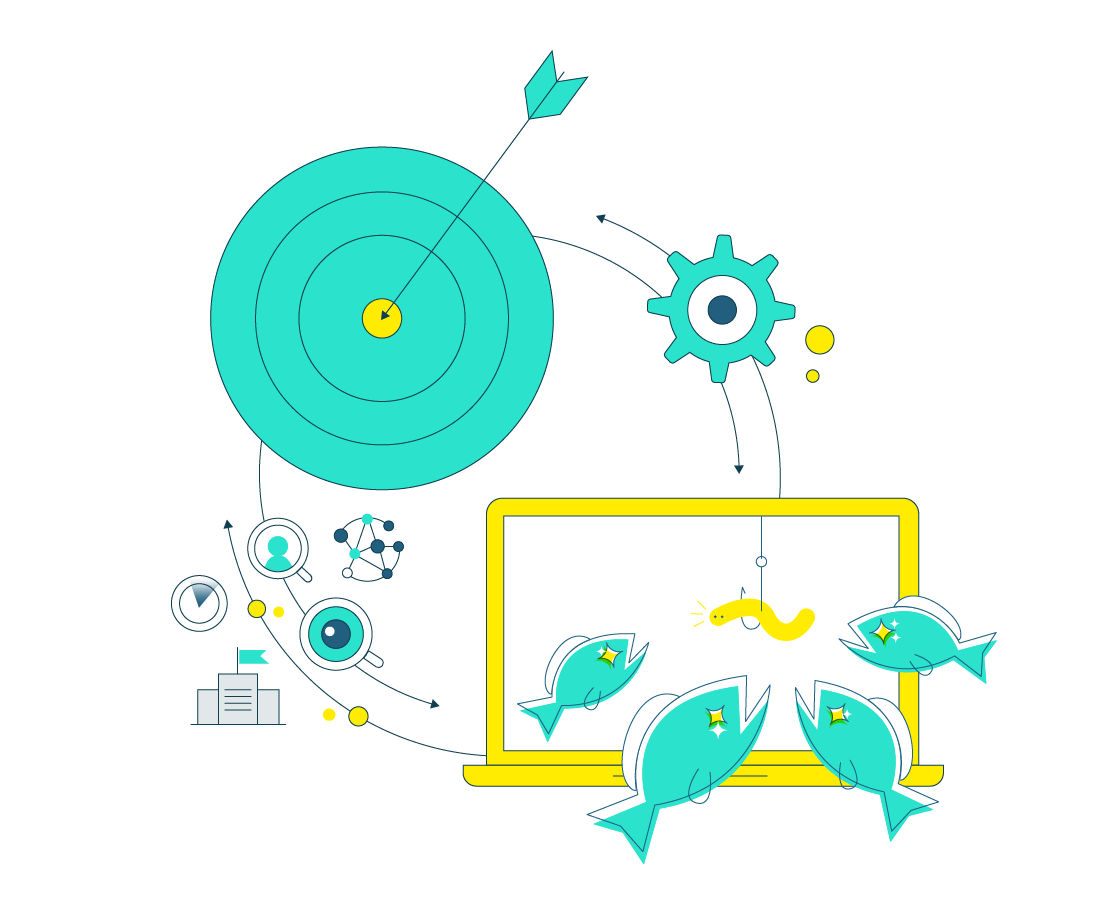
Digital sales is the new normal
The year 2020 changed the way we work. Sales did not escape change either, and face-to-face customer meetings were replaced by digital and remote sales. It is very likely that some of the changes will remain permanent. This in turn means that salespeople need to develop their own skills as required by the new normal in sales.
One likely development is the proliferation of hybrid sales models. Sales meetings that focus purely on informing the customer will continue to be based on online meetings. At the same time, customers expect even more value added and expertise from salespeople to develop the customer’s business. Salespeople need to be able to act as coaches, to facilitate workshops and to build customer value together with the customer. The importance of new interaction skills as part of a salesperson’s job description rises to a new level.
Competitive advantage from understanding the customer and the market
The new normal in sales requires even better preparation for appointments. One good way to support this is to introduce tools for accumulating and refining customer and market understanding. One such tool is the Insight Architecture model, which enables the salesperson to systematize the processing of information about customers, markets and competitors, for instance to build distinctive sales messages. The model also helps to better understand the customer’s business and provides a good foundation for building meaningful appointments. This skill is expected even more from the salespeople in the future – regardless of whether the meeting is arranged online or face-to-face.
The importance of internet is emphasized
The year 2020 significantly accelerated the digital transition in sales. In sales the digital shift can be seen in two different ways. First, companies and organizations must now, at the latest, invest in their own digital channels. Customers are searching for more and more information independently online, and this automates some of the steps in the sales process. Businesses need to be able to produce relevant and engaging content for the customers. This supports the customer’s buying process and accelerates sales.
Second, the digital shift affects the salespeople’s work such that they must be able to influence customers’ purchasing decisions and choices also on digital channels. Social selling capabilities, for instance in terms of influencing their own network, are emphasized. In addition, salespeople need to be able to better master digital facilitation and consultative sales skills. Naturally, the salesperson’s own digital profile must also be in order and support company-level sales and marketing messages.
The basics in sales are the same as before
Despite the change in sales and the growing role of the internet, the basics of sales are still the same as before. The salesperson’s key professional skills include building trust with the customer. This is best done by preparing well for sales appointments, listening and understanding the customer, being proactive, and showing your own personality to win the customer’s trust.








